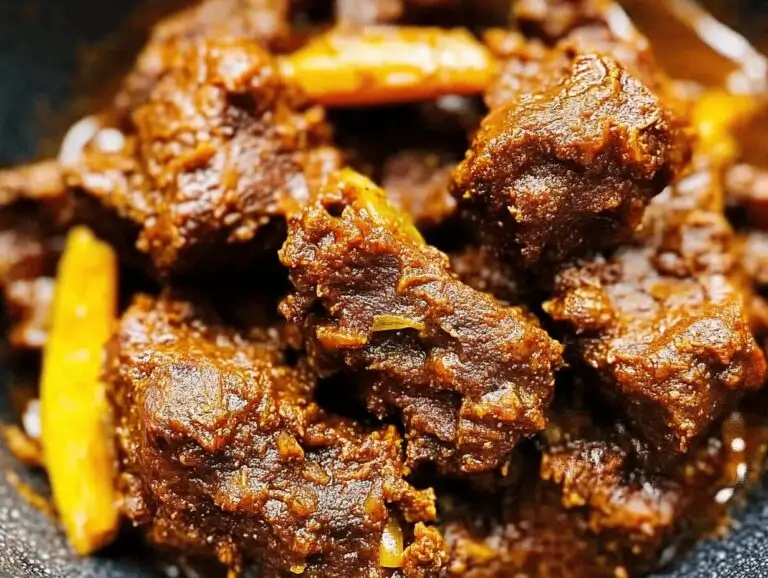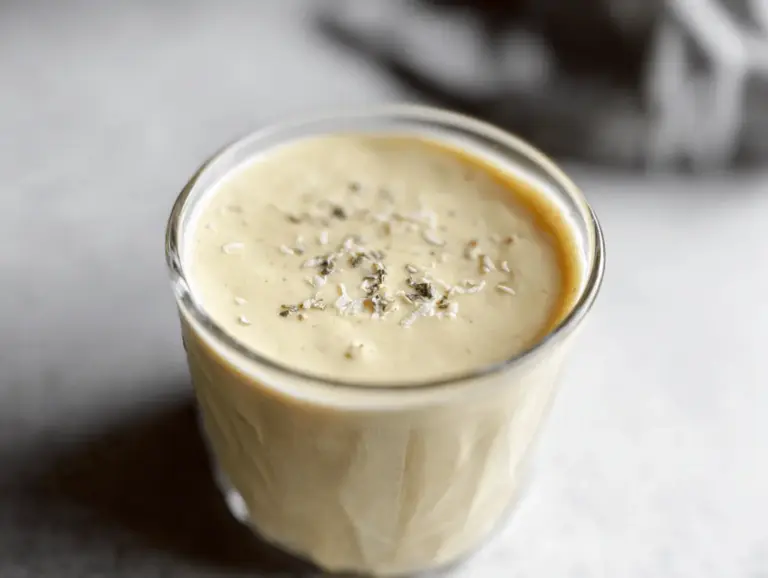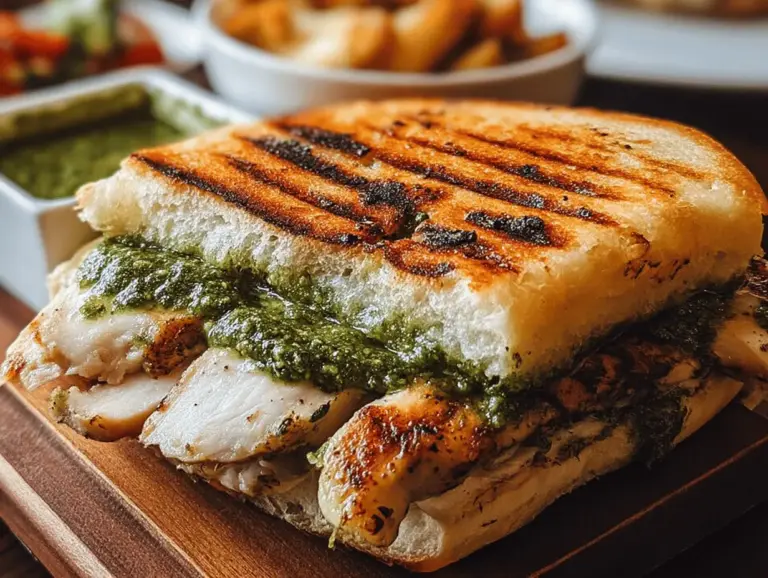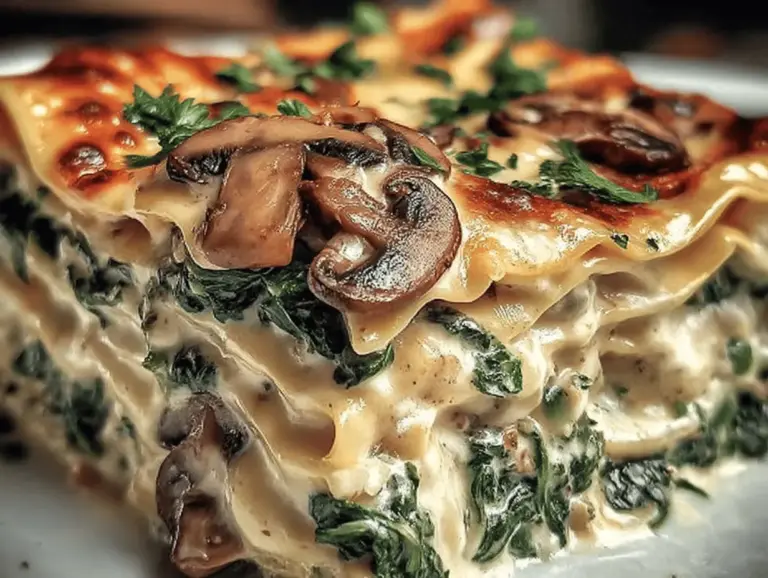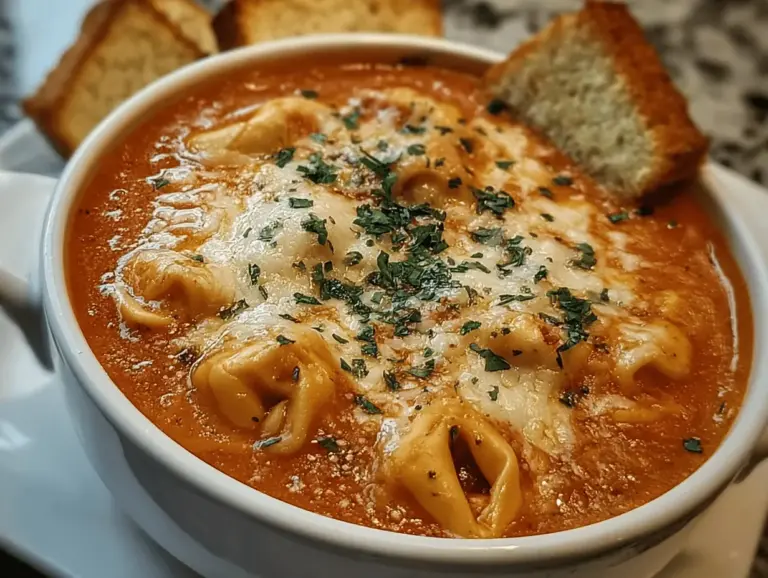Introduction to Beef Rendang
Beef Rendang is not just a dish; it’s a culinary journey that takes you deep into the heart of Indonesian culture. Originating from the Minangkabau ethnic group of West Sumatra, this iconic dish has transcended its regional boundaries to become a beloved staple throughout Southeast Asia. Traditionally served during significant ceremonies and celebrations, Beef Rendang is renowned for its rich flavors and tender beef, slow-cooked to perfection in a blend of spices and coconut milk. Its complex flavor profile, characterized by a delightful balance of spicy, savory, and sweet notes, makes it a favorite among both novice cooks and experienced chefs. As you embark on your Beef Rendang adventure, you’ll discover not just a recipe but a connection to the cultural heritage and communal spirit that defines this extraordinary dish.
Ingredients Needed for Authentic Beef Rendang
To create an authentic Beef Rendang, sourcing quality ingredients is crucial. Here’s a comprehensive list of what you’ll need, along with tips on how to select the best options:
- 1 1/2 lbs. boneless beef short ribs: Cut into cubes for tender, flavorful meat.
- 5 tablespoons cooking oil: Use a neutral oil for frying the spices.
- 1 stick cinnamon: A 2-inch length will add warmth and depth.
- 3 cloves: These aromatic buds give a hint of sweetness.
- 3 star anise: Adds a complex, licorice-like flavor.
- 3 cardamom pods: Use the green variety for their fragrant sweetness.
- 1 lemongrass: Cut into a 4-inch length and pounded for maximum flavor release.
- 1 cup thick coconut milk: This creamy base is essential for richness.
- 1 cup water: To help cook the beef and create a sauce.
- 2 teaspoons tamarind pulp: Soaked in warm water to extract juice; discard seeds for a tangy flavor.
- 6 kaffir lime leaves: Finely sliced for a fresh, citrusy aroma.
- 6 tablespoons kerisik: Toasted coconut that adds a nutty depth.
- 1 tablespoon sugar or palm sugar: To balance the flavors.
- Salt to taste: Essential for enhancing all flavors.
SPICE PASTE:
- 5 shallots: A key aromatic that adds sweetness.
- 1 inch galangal: Provides a unique, earthy flavor.
- 3 lemongrass (white part only): Adds additional citrus notes.
- 5 cloves garlic: A must for any flavorful dish.
- 1 inch ginger: Adds warmth and spice.
- 10-12 dried chilies: Soaked in warm water and seeded for heat; adjust quantity based on your spice tolerance.
When sourcing these ingredients, consider visiting local Asian markets for fresh produce and specialty items like lemongrass and galangal. Alternatively, many ingredients can be found online through reputable retailers, ensuring you get the authentic flavors needed for your Beef Rendang.
Step-by-Step Guide with Photos
Follow this comprehensive, step-by-step guide to create your Beef Rendang:
- Prepare the spice paste: Chop the spice paste ingredients (shallots, galangal, lemongrass, garlic, ginger, and dried chilies) and blend in a food processor until fine.
- Cook the spices: Heat the cooking oil in a stew pot over medium heat. Add the blended spice paste, cinnamon stick, cloves, star anise, and cardamom pods. Stir-fry until aromatic, about 2-3 minutes.
- Add the beef: Introduce the cubed beef and the pounded lemongrass into the pot. Stir for 1 minute to coat the beef in the spices.
- Combine liquids: Pour in the coconut milk, tamarind juice, and water. Stir well and bring to a gentle simmer.
- Simmer: Cook on medium heat, stirring frequently, until the meat is almost cooked through, approximately 45 minutes.
- Add final ingredients: Stir in the kaffir lime leaves, kerisik (toasted coconut), and sugar or palm sugar. Mix well.
- Slow cook: Reduce heat to low, cover, and let simmer for 1 to 1 1/2 hours or until the beef is tender and the sauce has thickened. Stir occasionally to prevent sticking.
- Season: Taste and adjust with more salt or sugar as needed. Serve immediately with steamed rice.
For the detailed cooking steps, you can refer to our Classic Beef Rendang recipe.
Tips for Adjusting Spice Levels
Beef Rendang is inherently a spicy dish, but you can customize the heat to suit your preference. Here are some tips to help you adjust:
- Reduce dried chilies: If you’re sensitive to spice, use fewer dried chilies or opt for milder varieties.
- Balance with coconut milk: Adding more coconut milk can help tone down the heat while maintaining creaminess.
- Sugar as a counterbalance: A touch more sugar can help offset the spice without compromising the dish’s integrity.
- Serve with cooling sides: Pairing Beef Rendang with cooling sides like cucumber salad or yogurt can also help balance the overall heat.
Variations for Dietary Restrictions
Beef Rendang can be adapted to meet various dietary needs while still delivering on flavor. Here are some variations:
- Low-Carb Version: Substitute beef with cauliflower or mushrooms, and use low-carb thickening agents like xanthan gum combined with coconut milk.
- Gluten-Free: This recipe is naturally gluten-free, but ensure all packaged ingredients (like tamarind paste) are certified gluten-free.
- Vegetarian Rendang: Replace beef with jackfruit or tempeh, using the same spices and coconut milk. This will yield a rich and satisfying vegetarian option.
- Paleo Option: Stick to natural ingredients and omit any added sugars, using only those from the coconut and tamarind.
If you’re looking for a complementary appetizer, try our Pumpkin Whipped Feta Dip that caters to various dietary preferences.
Sourcing Specialty Ingredients
Finding the right ingredients can be a challenge, but there are several avenues to explore:
- Local Asian Markets: These stores often carry fresh produce, spices, and other specialty items that are essential for authentic Beef Rendang.
- Online Retailers: Websites like Amazon or Asian grocery sites can provide hard-to-find ingredients, often with delivery options.
- What to Look For: When selecting fresh produce, ensure they are vibrant and aromatic; for dried spices, look for freshness and packaging dates.
Serving Suggestions and Pairings
Beef Rendang is best enjoyed with sides that complement its robust flavors:
- Coconut Rice: The creaminess pairs perfectly with the spicy notes of the rendang.
- Pickled Vegetables: These add a refreshing crunch and acidity that balances the richness of the meat.
- Beverages: Consider serving Indonesian teas or tropical juices that enhance the meal’s exotic flavor profile.
Pair your Beef Rendang with some refreshing Cilantro Lime Rice for a delicious meal. You can also consider serving Beef Rendang with homemade tortillas for a unique twist.
Personal Story Behind the Recipe
Every recipe has a story, and Beef Rendang is no exception for me. Growing up in a family that celebrated cultural diversity, my first encounter with Beef Rendang was during a family gathering filled with laughter and rich aromas that wafted from the kitchen. My grandmother, a master of Indonesian cuisine, would spend hours perfecting her rendang recipe, infusing it with love and tradition. The dish became a symbol of togetherness, serving as a centerpiece during our festive celebrations. I remember how we would gather around the table, eagerly waiting to savor the tender beef and fragrant spices. Today, as I recreate her recipe, I cherish the memories and the bond that this dish continues to foster among family and friends.
Conclusion and Final Thoughts
In conclusion, Beef Rendang is more than just a meal; it’s a beautiful representation of culture, tradition, and flavor. With its rich and complex taste, this dish invites you to explore the depths of Indonesian cuisine while creating your own culinary memories. I encourage you to try your hand at this recipe, experiment with flavors, and share your experiences with others. Cooking is a joyful journey that connects us to our roots and the people we love. So, gather your ingredients, roll up your sleeves, and embark on your Beef Rendang adventure!
Frequently Asked Questions
What is Beef Rendang?
Beef Rendang is a rich and creamy Indonesian/Malaysian stew made with tender beef, a variety of spices, and coconut milk. It’s known for its complex flavors and is often served during special occasions.
Can I make Beef Rendang ahead of time?
Absolutely! Beef Rendang actually tastes better the next day as the flavors meld and intensify. You can prepare it in advance and store it in the refrigerator for up to 3 days or freeze it for longer storage.
How can I adjust the spice level in Beef Rendang?
To make Beef Rendang milder, you can reduce the amount of dried chilies or use milder varieties. You can also balance out the heat by adding more coconut milk, which will create a creamier and less spicy dish.
What are some good side dishes to serve with Beef Rendang?
Beef Rendang pairs wonderfully with coconut rice, steamed jasmine rice, or pickled vegetables. You can also serve it with a light salad or some Indonesian-style sambal for extra flavor.
Can I make a vegetarian version of Beef Rendang?
Yes! You can substitute the beef with jackfruit or tempeh to create a vegetarian version. Use the same spices and coconut milk to maintain the rich flavors of the traditional dish.
Print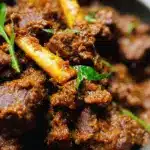
Experience the Rich Flavors of Authentic Beef Rendang
- Total Time: 120
- Yield: 4 servings 1x
- Diet: Gluten Free
Description
Beef rendang is a spicy, rich, and creamy Indonesian/Malaysian beef stew made with beef, spices, and coconut milk.
Ingredients
- 1 1/2 lbs. boneless beef short ribs, cut into cubes
- 5 tablespoons cooking oil
- 1 stick cinnamon, about 2-inch length
- 3 cloves
- 3 star anise
- 3 cardamom pods
- 1 lemongrass, cut into 4-inch length and pounded
- 1 cup thick coconut milk (coconut cream)
- 1 cup water
- 2 teaspoons tamarind pulp, soaked in warm water for the juice
- 6 kaffir lime leaves, very finely sliced
- 6 tablespoons kerisik (toasted coconut)
- 1 tablespoon sugar or palm sugar to taste
- salt to taste
- SPICE PASTE: 5 shallots
- 1 inch galangal
- 3 lemongrass (white part only)
- 5 cloves garlic
- 1 inch ginger
- 10–12 dried chilies, soaked in warm water and seeded
Instructions
- Chop the spice paste ingredients and blend in a food processor until fine.
- Heat the oil in a stew pot, add the spice paste, cinnamon, cloves, star anise, and cardamom and stir-fry until aromatic.
- Add the beef and the pounded lemongrass and stir for 1 minute.
- Add the coconut milk, tamarind juice, water, and simmer on medium heat, stirring frequently until the meat is almost cooked.
- Add the kaffir lime leaves, kerisik, sugar, or palm sugar, stirring to blend well with the meat.
- Lower the heat to low, cover the lid, and simmer for 1 to 1 1/2 hours or until the meat is tender and the gravy has dried up.
- Add more salt and sugar to taste. Serve immediately with steamed rice.
Notes
- Fresh kaffir lime leaves add more citrusy flavor and freeze well.
- To prepare kerisik, stir grated coconut in a dry wok until golden brown.
- Pound the kerisik using a mortar and pestle to break down the fiber.
- Slow-cook the meat on low heat for best results.
- Consider making a larger batch for leftovers.
- Prep Time: 30
- Cook Time: 90
- Category: Main Dish
- Method: Simmering
- Cuisine: Indonesian/Malaysian
Nutrition
- Serving Size: 1 serving
- Calories: 795
- Sugar: 9g
- Sodium: 128mg
- Fat: 64g
- Saturated Fat: 34g
- Unsaturated Fat: 26g
- Trans Fat: 0.1g
- Carbohydrates: 24g
- Fiber: 6g
- Protein: 37g
- Cholesterol: 100mg
Keywords: Beef Rendang, Indonesian Beef Stew, Spicy Beef Recipe


